#princess clotilde of savoy
Text


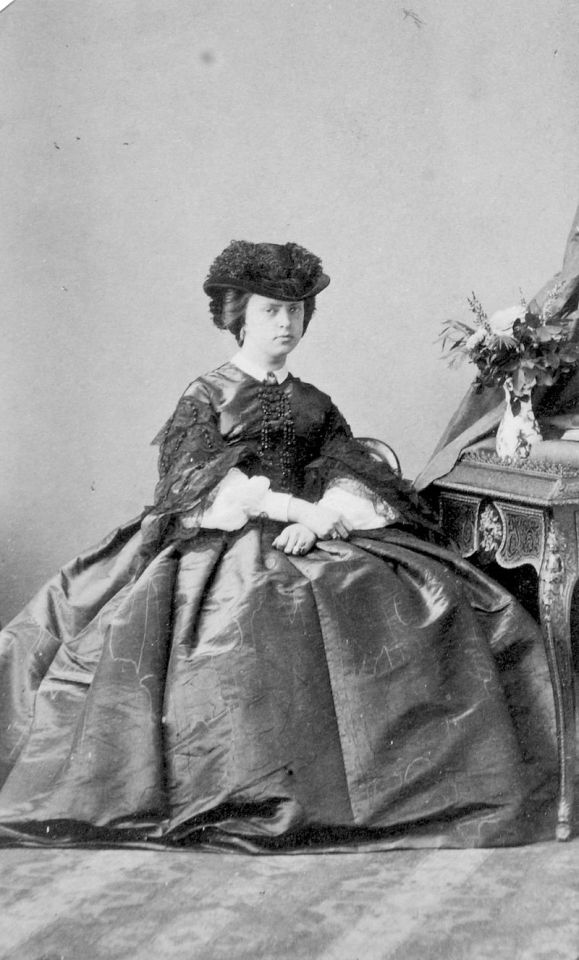


Royal Birthdays for today, March 2nd:
Robert II, King of Scots, 1316
Margaret of Mosbach, Countess Palatine, 1432
Maria Clotilde of Savoy, Princess Napoleon, 1843
Takako Shimazu, Japanese Royal, 1939
Prince Oscar, Duke of Skåne, 2016
#robert ii#prince oscar#takako shimazu#Maria Clotilde of Savoy#royal birthdays#long live the queue#Margaret of Mosbach
6 notes
·
View notes
Text
Queen Claudia of Denmark, Princess of Savoy
Her Majesty Queen Claudia, consort of Denmark, was born as the youngest daughter of Emanuele Filiberto of Savoy, Prince of Venice and his wife Clotilde Courau, after her sisters Vittoria and Luisa. Her Majesty married His Majesty King Christian at the age of 25. After one year, the couple was given a gift from God with a daughter named Alexandra. Crown Princess Alexandra is currently 2 years old, and last week the royal couple announced that The Queen is pregnant again. This time twins will be born. Queen Claudia is well-known for her good heart and wisdom, but she also has awesome style and breathtaking beauty. She styles her own clothes and combines the jewelry she received from her husband's family and old Savoy pieces.
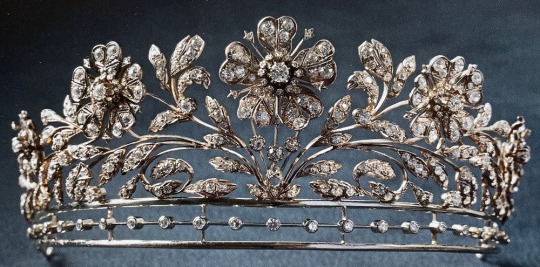
Her Danish tiara
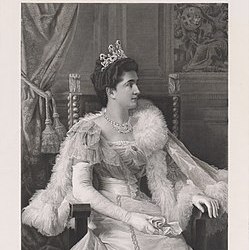
Italian royal family dress worn by Queen Elena of Montenegro
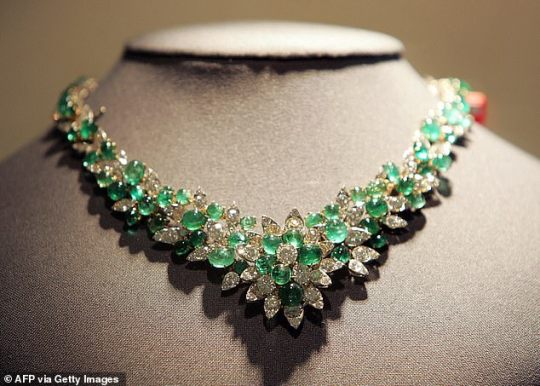
Green Savoy necklace

Danish royal family jewelry
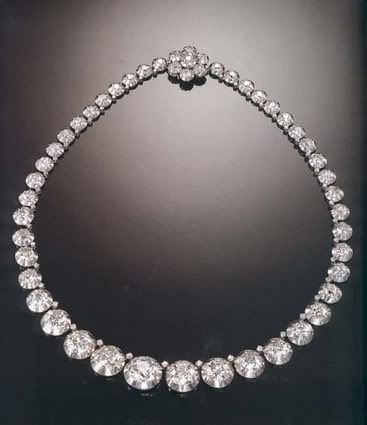
Italian royal family bracelet

Those Princess Marie, Christian's aunt, gave to the Queen and I can tell that the heels fits her very much.
@abigaaal
#NOT AU BITHC#danish royal family#italian royal family#savoy#house of savoy#queen claudia of denmark princess of savoy#claudia princess of savoy#queen claudia of denmark#princess of savoy#the queen of denmark#abigaaal#@abigaaal
17 notes
·
View notes
Text
Partial List of Royal Saints
Saint Abgar (died c. AD 50) - King of Edessa, first known Christian monarch
Saint Adelaide of Italy (931 - 999) - Holy Roman Empress as wife of Otto the Great
Saint Ælfgifu of Shaftesbury (died 944) - Queen of the English as wife of King Edmund I
Saint Æthelberht of Kent (c. 550 - 616) - King of Kent
Saint Æthelberht of East Anglia (died 794) - King of East Anglia
Saint Agnes of Bohemia (1211 - 1282) - Bohemian Princess, descendant of Saint Ludmila and Saint Wenceslaus, first cousin of Saint Elizabeth of Hungary
Saint Bertha of Kent (c. 565 - c. 601) - Frankish Princess and Queen of Kent as wife of Saint Æthelberht
Saint Canute (c. 1042 - 1086) - King of Denmark
Saint Canute Lavard (1096 - 1131) - Danish Prince
Saint Casimir Jagiellon (1458 - 1484) - Polish Prince
Saint Cormac (died 908) - King of Munster
Saint Clotilde (c. 474 - 545) - Queen of the Franks as wife of Clovis I
Saint Cunigunde of Luxembourg (c. 975 - 1033) - Holy Roman Empress as wife of Saint Henry II
Saint Edmund the Martyr (died 869) - King of East Anglia
Saint Edward the Confessor (c. 1003 - 1066) - King of England
Saint Edward the Martyr (c. 962 - 978) - King of the English
Saint Elesbaan (Kaleb of Axum) (6th century) - King of Axum
Saint Elizabeth of Hungary (1207 - 1231) - Princess of Hungary and Landgravine of Thuringia
Saint Elizabeth of Portugal (1271 - 1336) - Princess of Aragon and Queen Consort of Portugal
Saint Emeric (c. 1007 - 1031) - Prince of Hungary and son of Saint Stephen of Hungary
Saint Eric IX (died 1160) - King of Sweden
Saint Ferdinand (c. 1199 - 1252) - King of Castile and Toledo
Blessed Gisela of Hungary (c. 985 - 1065) - Queen Consort of Hungary as wife of Saint Stephen of Hungary
Saint Helena (c. 246 - c. 330) - Roman Empress and mother of Constantine the Great
Saint Henry II (973 - 1024) - Holy Roman Emperor
Saint Isabelle of France (1224 - 1270) - Princess of France and younger sister of Saint Louis IX
Saint Jadwiga (Hedwig) (c. 1373 - 1399) - Queen of Poland
Saint Joan of Valois (1464 - 1505) - French Princess and briefly Queen Consort as wife of Louis XII
Blessed Joanna of Portugal (1452 - 1490) - Portuguese princess who served as temporary regent for her father King Alfonso V
Blessed Karl of Austria (1887 - 1922) - Emperor of Austria, King of Hungary, King of Croatia, and King of Bohemia
Saint Kinga of Poland (1224 - 1292) - Hungarian Princess, wife of Bolesław V of Poland and niece of Saint Elizabeth of Hungary
Saint Ladislaus (c. 1040 - 1095) - King of Hungary and King of Croatia
Saint Louis IX (1214 - 1270) - King of France
Saint Ludmila (c. 860 - 921) - Czech Princess and grandmother of Saint Wenceslaus, Duke of Bohemia
Blessed Mafalda of Portugal (c. 1195 - 1256) - Portuguese Princess and Queen Consort of Castile, sister of Blessed Theresa of Portugal
Saint Margaret of Hungary (1242 - 1270) - Hungarian Princess, younger sister of Saint Kinga of Poland and niece of Saint Elizabeth of Hungary
Saint Margaret of Scotland (c. 1045 - 1093) - English Princess and Queen Consort of Scotland
Blessed Maria Cristina of Savoy (1812 - 1836) - Sardinian Princess and Queen Consort of the Two Sicilies
Saint Matilda of Ringelheim (c. 892 - 968) - Saxon noblewoman and Queen of East Francia as wife of Henry I
Saint Olaf (c. 995 - 1030) - King of Norway
Saint Olga of Kiev (c. 900 - 969) - Grand Princess of Kiev and regent for her son Sviatoslav I, grandmother of Saint Vladimir the Great
Saint Oswald (c. 604 - 642) - King of Northumbria
Saint Radegund (c. 520 - 587) - Thuringian Princess and Frankish Queen
Saint Sigismund of Burgundy (died 524) - King of the Burgundians
Saint Stephen of Hungary (c. 975 - 1038) - King of Hungary
Blessed Theresa of Portugal (1176 - 1250) - Portuguese Princess and Queen of León as wife of King Alfonso IX, sister of Blessed Mafalda
Saint Vladimir the Great (c. 958 - 1015) - Grand Prince of Kiev and grandson of Saint Olga of Kiev
26 notes
·
View notes
Text

2 July 2011 | Prince Emmanuel Filiberto of Savoy and wife, Princess Clotilde attend the religious ceremony of the Royal Wedding of Prince Albert II of Monaco to Princess Charlene of Monaco in the main courtyard at the Prince's Palace in Monaco.
#Prince Emmanuel Filiberto#Princess Clotilde#Clotilde Courau#Italy#Albert and Charlene#weddings#2011#unknown photographer
2 notes
·
View notes
Photo

Princess Clotilde and Princess Vittoria of Savoy || Valentino
3 notes
·
View notes
Photo
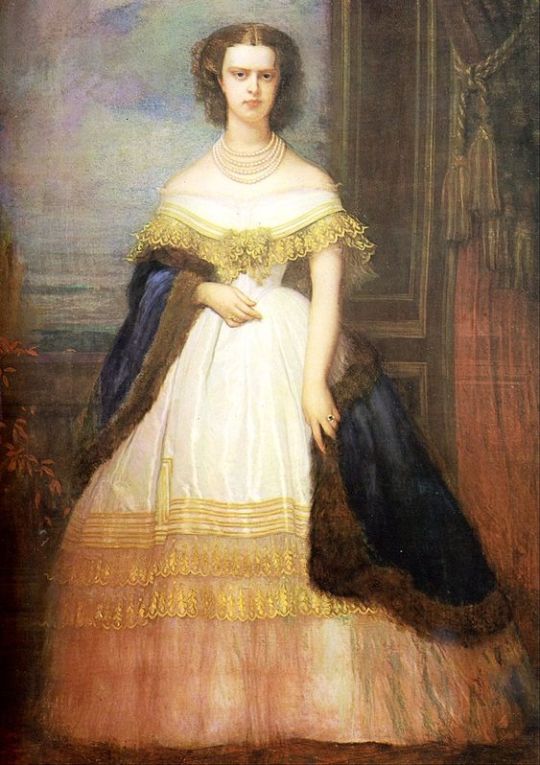
A Royal Recluse: Princess Clotilde
Just at the time when, in consequence of the weakness and folly of the republican government, certain French Monarchists are looking to Prince Victor Napoleon Bonaparte as the possible savior of their country, the Prince, whose marriage to Princess Clementina of Belgium recently brought him before the public, was watching by the deathbed of his mother, Princess Clotilde of Savoy, who breathed her last on June 25. The story of this royal lady is a pathetic one and, apart from the interest that is attached to her as the mother of the imperial candidate to the French throne, her personal character was one of rare beauty.
She was the daughter of Victor Emmanuel II, first King of Italy, and of Adelaide, Archduchess of Austria, and was born at Turin on March 2, 1843. Her mother died in 1855, leaving five young children, of whom Clotilde was the eldest, the others being Humbert, the future King of Italy ; Amadeo, Duke of Aosta ; Maria Pia, the queen dowager of Portugal, and a son who died in childhood. The Queen of Sardinia (Victor Emmanuel had not at that time laid violent hands on the independent states of Italy) was an exemplary wife and mother, and her orphan daughters were carefully educated by the attendants whom she had placed about them.
Never was a princess more ruthlessly sacrificed to political interests than the eldest princess of Savoy. When a mere child of sixteen, Clotilde was chosen to cement the alliance between France and Sardinia, and was promised in marriage to Prince Napoleon Jerome, nephew of Napoleon I and first cousin Napoleon III, the reigning sovereign. Princess Clotilde was connected with the Bourbons, her very name was French and was given to her in memory of the French Princess Marie Clotilde, sister of Louis XVI, who married a King of Sardinia ; but allied as she was by close ties of blood to the Bourbons, she had nothing in common with the Bonapartes who occupied their place, and a more ill-assorted couple never existed than the middle-aged, violent, cynical and free-thinking Prince Napoleon and the daughter of the most ancient royal house in Europe, who traditions and surroundings were strictly conservative and religious. Their marriage took place at Turin on January 30, 1859. The bride was sixteen and the bridegroom thirty-seven. He had a handsome presence and was intelligent and well informed and well informed, but neither his private life nor his freely expressed opinions on public matters made him estimable or lovable. His attitude with regard to his cousin, the Emperor, was one of constant opposition, and it was reported that his anti-religious views led him to take part in the banquets organized by a group of free thinkers on Good Friday. Under the Second Empire the French Government was officially Catholic, and Prince Napoleon's hostile and aggressive attitude was pronounced ill-bred, if not worse. Throughout France he was distinctly unpopular.
The young bride, married to this unsympathetic nephew of the great Napoleon, probably had few illusions as to the sum of happiness that awaited her in her new home. There are still some old men living who remember her when she took possession of the Palais Royal, Prince Napoleon's Paris house.: a slight, pale girl, with fluffy, fair hair and bright eyes, not pretty but singularly attractive. Her high breeding stood her in good stead in the somewhat parvenu atmosphere of the Court of the Tuileries, she had a royal dignity all her own, and her simplicity of heart was combined with much quiet firmness. From the first she ordered her life according to the principles in which she had been educated. An early riser, even at the Palais Royal, she gave much time to prayer and to works of mercy, but her piety, says M. Emile Ollivier, a former minister of Napoleon II, “never made her tiresome or intolerant. She believed that the most useful sermon was the practice of the virtues that are taught by faith.” Her husband, although so widely apart from her, acknowledged her goodness. “Clotilde is a saint,” he sometimes said ; “if there were many like her, I believe I myself should end by becoming devout.”
When the disastrous war of 1870 brought terror and shame upon France, the Princess was in Paris. During that fatal month of August every day came news of a fresh defeat, and the revolution that was to break out on the 4th of September was already distinctly perceptible; the infuriated and terrified people made the imperial government responsible for the reverses that so keenly wounded their patriotic pride.
Princess Clotilde was alone at the Palais Royal ; her husband was with the army, her three children she sent to Switzerland, where Prince Napoleon had an estate; but she steadily refused to leave Paris while the Empress Eugénie remained at the Tuileries. There was not much personal sympathy between the two; it was Princess Clotilde's feeling of loyalty that chained her to the post danger as long as there was a semblance of imperial government in Paris.
In vain her husband wrote imperious messages bidding her join her children at Prangins; in vain her father sent the Marquis Spinela to Paris to escort her ; the Princess so yielding in everyday life, was unbending in her decision to remain at the palace as long as the lonely woman at the Tuileries was the nominal ruler of France ; she had shared the splendors of the Empire, and it went against her noble spirit to desert the Empress.
The letter this young woman, a stranger in a strange land, wrote to her father on August 25, 1870, has been quoted by the French papers. It is a right royal letter worthy of the daughter of kings:
“I am a French woman,” she says. “I cannot desert my country. When I married although so young, I knew what I was doing and if I did it, it was because I wished to do so. The interest of my husband, of my children and of my country require that I should remain here. The honor of my name, your honor, my dear father, and that of my country also demand it. Nothing will make me fail in what I believe to be my duty to the end... You know that the house of Savoy and fear have never gone together, and you would not wish that they should meet in my person.”
At last, when the Empress was driven from her palace by the mob, the Princess considered that she was free to follow, but how different was the departure of the two women!
The brilliant and beautiful sovereign, closely disguised, was only able to leave Paris owing to the assistance of her American dentist, Dr. Evans; her young cousin made her exit as a princess. In an open carriage, accompanied by her lady in waiting, she drove to the railway station in broad daylight. The excited people, awed by her courage and dignity, saluted her as she passed out of their sight, a truly royal and saintly figure.
Princess Clotilde lived for some years at Prangins, near Geneva, where she devoted herself to the education of her three children; then, when her husband was allowed to return to France, the difficulties of her married life were such that by mutual consent she retired to the Castle of Moncalieri, near Turin, with her young daughter. Here, in the home of her childhood, she spent nearly forty years. They were years of peace, largely marked by sorrow. Four times only did she emerge from her retreat, once in January 1878, when she heard that her father lay dangerously ill in Rome. She had suffered cruelly from the spoliation of the Holy See by the house of Savoy, and the remembrance of her father's part in the matter prompted her to fly to his bedside. On the way she heard that he was dead, and she sadly returned to Moncalieri. In 1891, she again started for Rome, this time to visit her husband, who lay dying at the Hotel de Russie. Those who saw the Princess during those solemn days can never forget her sweetness, earnestness and gentle patience. What passed between her and Prince Napoleon none can tell, but Cardinal Mermillod a frequent visitor to the sick room, professed himself satisfied, after two private interviews, that the dying man was fully conscious. The Princess, whose married life, it is well known, had been a via crucis, remained near him to the end, praying incessantly for the soul that probably owes its salvation to her intercession. Again in 1903 and in 1904, she left Moncalieri to visit her sister-in-law, Princess Mathilde Bonaparte, whose deathbed she attended.
Her life, as it neared the end became more and more that of a recluse. Her sons lived their own lives in Brussels and in Russia; her daughter, having married a Prince of Savoy, was near to her, and their visits, occasionally brought an element of joy into the silent castle. Last autumn, Prince Victor Napoleon's marriage to the Princess Clémentine of Belgium gladdened his mother's heart. It was celebrated at Moncalieri, and to those who attended the ceremony the most striking figure present was the slight, gray-haired lady, plainly dressed in black, whose eyes had the far-away look of those who are nearing the eternal shore. Even in the days of her youth Princess Clotilde's spirituality struck M. Emile Ollivier. It gave her, he says a singular insight into all questions that touch on right and wrong; she possessed the gifts of the true mystics, “who judge human affairs with a clearness and rectitude born of detachment.” Her chief link with the outer world during the long, silent years of old age was her love for the poor, to whom she gave royally, with a loving kindness that made her gifts more precious. Their grief was great when they heard of her death, and their prayers will follow her remains to the royal mausoleum of La Superga, near Turin, where the daughter of the Sardinian Kings sleeps with her ancestors.
America. United States, America Press, 1911.
#princess clotilde of savoy#italian royal family#bonaparte#napoleon jerome bonaparte#biography#french royal family#house of bourbon
34 notes
·
View notes
Photo

THE FASHION
H.R.H. Princess Clotilde of Savoy, Princess of Venice,; Valentino Garavani and Olivia Palermo
#the fashion#princess clotilde of savoy#princess of venice#clotilde coureau#valentino#olivia palermo#italia#italy#italian royalty#italian royal family#savoy#savoia#royal#royals#royalty#royaltyedit
4 notes
·
View notes
Photo

Savoy Pink Topaz Parure Earrings ♕ Vittorio Emanuele, Prince of Naples
#Naples#clotilde courau#princess clotilde#Princess Clotilde of Savoy#House of Savoy#Savoy Royal Family#italian house of savoy#Italy#italian royalty#Italian Royal Family#Italian Royal Jewels#pink topaz#pink topaz jewelry#Pink Topaz Demi-Parure#pink topaz earrings#diamond earrings#royal jewels
31 notes
·
View notes
Photo

Princess Marie Clotilde Bonaparte, née Princess of Savoy, with her three children, Victor, Louis and Maria Letizia in 1867.
#Princess Marie Clotilde Bonaparte#Princess Napoleon#Princess Marie Clotilde of Savoy#Princess Victor Napoelon#royalty#history#Princess#Napoelon#Bonaparte#Savoy
22 notes
·
View notes
Photo



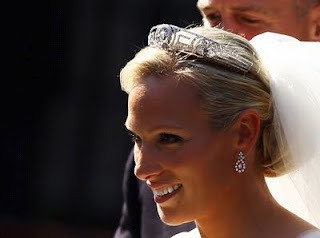




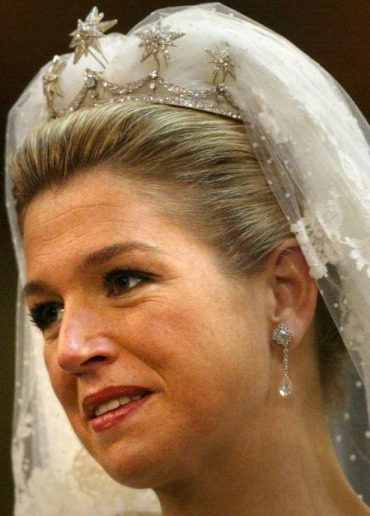
♡♡♡ Royal Wedding Photo Challenge 2018 ♡♡♡
May 5th - Favorite Tiara(s) worn by a Royal Bride(s)
Farah Diba wearing Noor-Al-Ain Tiara; Princess Clotilde wearing Savoy Pink Topaz Tiara; Autumn Philips wearing Diamond Festoon Tiara; Zara Tindall wearing Greek Key Tiara; Princess Margaret, Countess of Snowdon wearing Poltimore Tiara; Princess Laurentien wearing Laurel Wreath Tiara; Princess Mabel wearing Diamond Sunray Tiara; Princess Beatrix wearing full Wurtemberg Tiara; Queen Maxima wearing Star version of Pearl Button Tiara
#royalweddingpc18#royal weddings#Wedding Jewelry#royal wedding tiara#royal wedding dress#noor-al-ain tiara#Empress Farah of Iran#farah diba#Shah of Iran#iran royal family#iranian royal jewels#pink topaz tiara#princess marina of savoy#Italy#italian royalty#Italian Royal Jewels#Italian Royal Family#savoy#clotilde#clotilde courau#Autumn Kelly#autumn phillips#Diamond Tiara#diamond festoon tiara#tiara#Zara Phillips#Zara Tindall#greek key tiara#princess margaret#countess of snowdon
35 notes
·
View notes
Photo
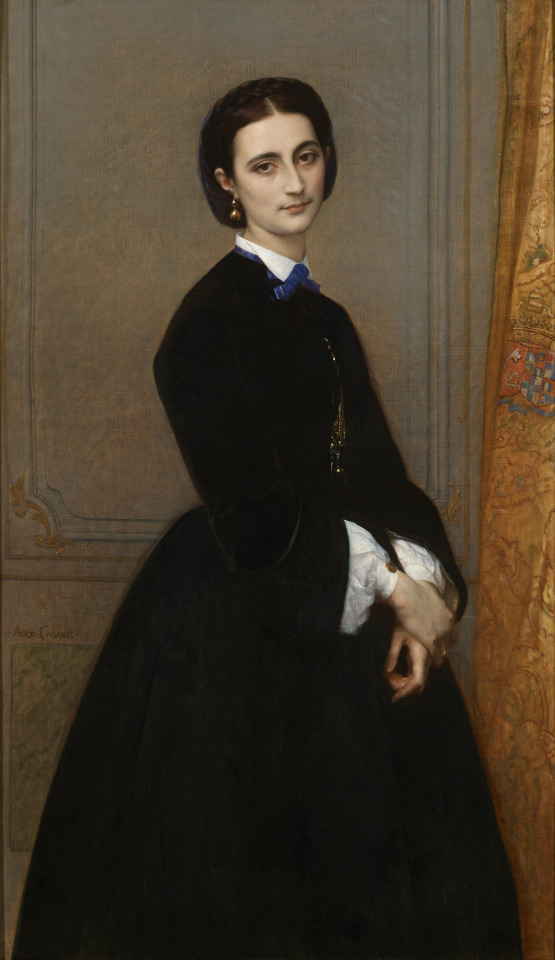
ab. 1863 Alexandre Cabanel - Victoire de Clermont-Tonnerre, lady-in-waiting of Princess Maria Clotilde of Savoy
(Herner & Co)
283 notes
·
View notes
Photo


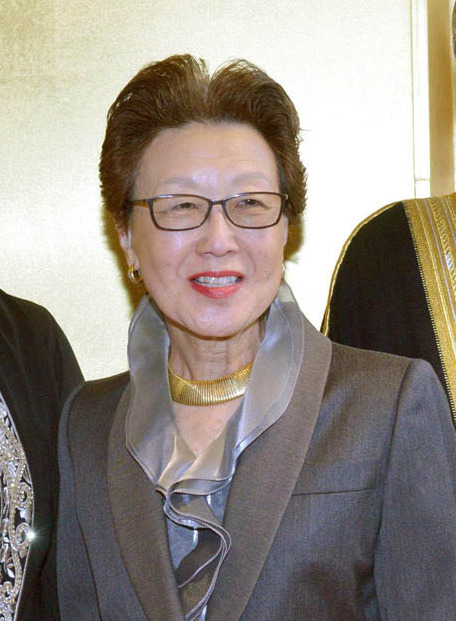

Royal Birthdays for today, March 1st:
Robert II, King of Scots, 1316
Maria Clotilde of Savoy, Princess Napoleon, 1843
Takako Shimazu, Japanese Royal, 1939
Prince Oscar, Duke of Skåne, 2016
7 notes
·
View notes
Note
Why did you call Princess Clotilde's husband a dick?
Because he is lol. Her husband and father in law.
Clotilde is married to Prince Emanuele Filiberto, the son to the pretender to the Italian throne (Prince Vittorio Emanuele) and grandson of the last King of Italy. The two Emanueles are actually in a long running feud with my underrated fav Beatrice Borromeo, one of the many reasons I love her. This talks about the dad - who murdered someone and boasted about getting away with it - and how the son tried to create a Twitter beef with Beatrice defending his dad: https://duchessofostergotlands.tumblr.com/post/179832737492/background-please-on-beatrice-borromeo-suing
Daddy Emanuele is also probably best known for his rivalry with Prince Amedeo. They both claimed to be heads of the House of Savoy. I should remind you, these monarchies no longer exist and mean fuck all but two grown men were arguing about it. It spilled over, allegedly, at Felipe and Letizia's wedding where Emanuele punched Amedeo in the face twice and he was only held up by Queen Anne Marie of Greece. He also said some awful, anti semitic things. Generally not a nice dude.
Little Emanuele has inherited his father's entitled streak - thankfully not murder or punching anyone yet! But alongside the Twitter beefs he has run as a politician on the platform the Italian monarchy should be restored with himself as monarch of Italy despite the fact there is no appetite in Italy for a monarchy - certainly not under him - and he never actually went to the country until he was 30!
18 notes
·
View notes
Photo
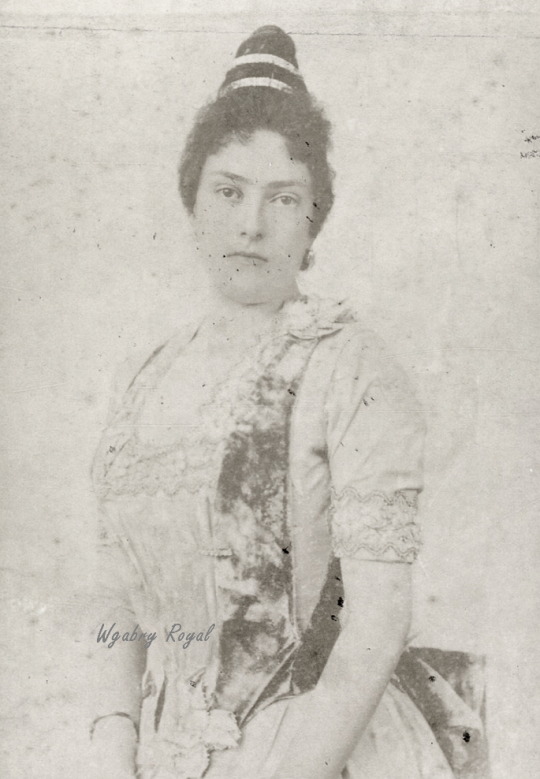
Maria Letizia Bonaparte was one of three children born to Prince Napoléon and his wife Princess Maria Clotilde of Savoy. She became Duchess of Aosta by marrying her uncle Amedeo di Savoia
14 notes
·
View notes
Photo


How do you solve a problem like [naming all your daughters] “Maria”?
or: Please stop referring casually to Marie Antoinette as “Marie”
I’ve noticed that a lot of people on forums, in comments sections, and in historical fiction refer to Marie Antoinette as simply “Marie,” as if “Antoinette” was some kind of title or label. But “Marie” by itself...wasn’t her name, not really. While the names of all Empress Maria Theresa’s daughters did begin with “Maria,” they were called either by their second name or by a family nickname. Maria Elisabeth, for instance, was known as “Liesl,” a German nickname for Elisabeth, and Maria Carolina went by “Charlotte.”
Marie Antoinette was, as a child, called Antonia or “Antoine,” and she would have been referred as “Antoinette,” the French version of this name, upon her arrival in France. Many of her female in-laws also bore the name “Marie,” including her sisters-in-law Princess Clotilde (Marie Adélaïde Clotilde), the countesses of Provence (Marie Joséphine of Savoy) and d’Artois (Maria Theresa of Savoy), and of course her own daughter (Marie-Thérèse Charlotte). It would therefore have been no more practical to call her just “Marie” in France than it would’ve been to call her only “Maria” in Austria!
Above, you can see portraits of Antionette and all of her sisters who survived infancy as well as what names their family used for them. (See the full, unedited Liotard portraits here.)
#marie antoinette#maria theresa#habsburg#empress maria theresa#this isn't important just a pet peeve lol#when I read a line of dialogue and Louis calls Antoinette 'Marie' I cringe because.........no probs not#but what do I know I wasn't there I guess
338 notes
·
View notes
Photo

Princess Clémentine of Belgium (30 July 1872 – 8 March 1955), was by birth a Princess of Belgium and member of the House of Wettin in the branch of Saxe-Coburg and Gotha. In 1910, she became Princess Napoleon and de jure Empress consort of the French as the wife of Prince Napoleon Victor Bonaparte, Bonapartist pretender to the Imperial throne of France (as Napoleon V).
Third daughter of King Leopold II of Belgium and Queen Marie Henriette, her birth is the result of a final reconciliation of her parents after the death, in 1869, of their son and only dynastic heir, Prince Leopold, Duke of Brabant. As a teenager, Clémentine fell in love with her first cousin Prince Baudouin. The young man, who did not share the feelings his cousin had for him, died of pneumonia in 1891 at the age of 21.
Clémentine hardly gets along with her mother, being closer to her father whom she frequently accompanies; the latter envisages, in 1896, that she marry Rupprecht, Crown Prince of Bavaria, but the princess refuses this union. The years go by, Clémentine remains single. Around 1902, shortly after Queen Marie Henriette's death, she began to have feelings for Prince Napoléon Victor Bonaparte. Despite the support of the Italian royal family, King Leopold II (in order not to incur the wrath of the Third French Republic) refused any marriage plan between his daughter and the Bonapartist pretender.
Clémentine had to wait for her father's death in 1909 to finally being able to marry Prince Napoleon. Their marriage took place in 1910, after the new Belgian ruler, her cousin King Albert I, gave his consent. The couple moved to Avenue Louise in Brussels. The couple have two children: Marie Clotilde, born in 1912, and Louis Jérôme, born in 1914.
When World War I broke out, Clémentine and her family took refuge in Great Britain, hosted in the residence of the former Empress Eugénie. Across the Channel, Clémentine is active in favor of the Belgian cause because many compatriots have found refuge in England. With her cousin-in-law Elisabeth of Bavaria, Queen of Belgium, she works actively for the Red Cross.
After the Armistice of 11 November 1918, Clémentine returned to Belgium. In her Château de Ronchinne, in the Namur Province, she and her husband devote themselves to charitable activities, many after four years of war. Clémentine frequently visited Turin and Rome with the Italian royal family.
While she was somewhat removed from French political life, Clémentine convinced her husband to return to politics and supported him financially, but the latter gradually rallied to the republican idea. In 1926, Prince Victor Napoleon died a week after being subjected to a stroke. Clémentine brought up her two barely adolescent children and was keen to preserve the Bonapartist movement, of which she became the “regent” until her son came of age in 1935, but had no influence on French political reality.
From 1937, Clémentine stayed more and more frequently in France, but it was in Ronchinne that she was surprised by the declaration of World War II in September 1939. As soon as she can, she goes to France and stays there; the invasion of Belgium in the spring of 1940 prevented her from returning to her native country. After 1945, Clémentine somewhat abandoned her property in Ronchinne and divided her time between Savoy and the Côte d'Azur, where she died in 1955, at the age of 82.
#Clémentine of Belgium#House Saxe-Coburg und Gotha#XIX century#XX century#people#portrait#photo#photography#Black and White
5 notes
·
View notes